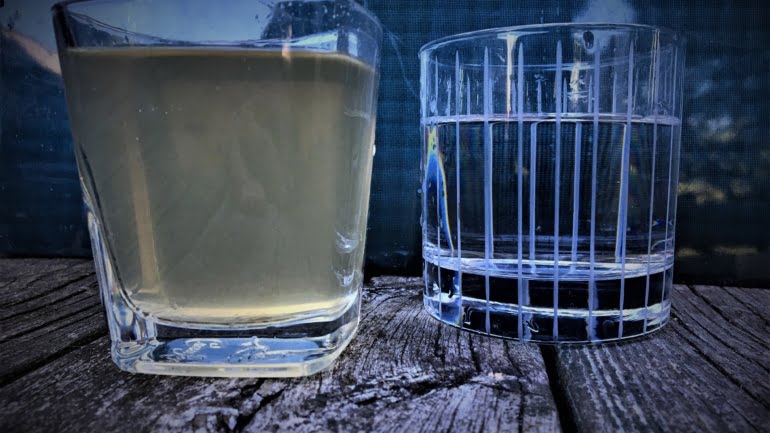By Thu T. A. Nguyen, Publishing Associate: Researcher and Writer at Save the Water™ | August 31, 2023
Despite advances in medicine, technology, and infrastructure, lead stays a leading concern for many communities in the United States (US). Yet, to date, a fixed solution for lead removal isn’t in near sight. Fortunately, some public and private organizations are creating technologies to resolve this problem. Specifically, Stemloop is making rapid tests that detect metals and chemicals in water. This is a key first step in removing lead from our water.
How Harmful is Lead Contamination?
Lead poisoning poses many health threats. These include damage to the nervous system, effects on pregnancy and fetal growth, and hypertension. Additionally, lead can also leave long-term damage to those exposed.
A study from the Proceedings of the National Academy of Sciences (PNAS) says that over 170 million living Americans were exposed to lead in early childhood. This number accounts for half of the US population. The study also suggested that this exposure can lead to a major decrease in brain function. Specifically, the authors estimated that by 2015, lead caused a decline of 824,097,690 points in IQ for the US population.
Lead found in drinking water in many areas has been covered by news outlets since 2014. For example, Flint and Benton Harbor, Michigan were greatly affected and covered in the news.
Current Lead Removal Technologies
There’s also been a large push from individuals and private organizations to reduce the threats from lead poisoning.
The National Institute of Environmental Health Sciences (NIEHS) assigns major funds to encourage research and work to detect and treat lead pollution. Consequently, they found that lead-binding materials, such as compost and fish-bone meal, can help reduce lead in soil.
Also, the NIEHS funding led to Science Take-Out, a small business that makes kits to test lead in blood samples. They aim to reduce unfairness in environmental health and justice by making blood testing accessible for everyone.
In 2021, engineers at the Massachusetts Institute of Technology developed a cheap process called shock electrodialysis. The process uses electrical waves for 95% lead removal, among other metal ions, from the water stream. This technology is still in its early stage of development. However, there’s a current effort to scale up, enabling its use for the public.
How Stemloop’s New Lead Detection Technology Can Help
Stemloop, based in Evanston, Illinois, is another company that works on lead-detection technology. In an interview, Khalid Alam, Stemloop’s founder and CEO, said there are many communities with higher lead levels in drinking water than Flint. Hence, the detection of this metal in water is a crucial first step to lead removal.
Stemloop has been developing a paper-based sensor. This sensor mimics how microorganisms sense and respond to chemicals in their environment. When a chemical or specific metal is detected in the water, the sensor emits light.
Currently, this product works by showing copper and zinc pollution in water. The product was demonstrated in city water in Paradise, California. Next, the company plans to bring their lead-detection technology to the US market.
What Can You Do To Limit Lead Exposure?
In the US, the federal government has taken multiple actions to reduce exposure. Specifically, they banned lead from house paint in 1978 and gasoline in 1996. Additionally, they placed a lead limit on solders, faucets, and pipes. Despite this effort, the Environmental Protection Agency (EPA) found over 9 million lead pipelines in the US in April. It would cost the country $625 billion to replace this pipeline system.
There are several things that each person can do to prevent lead exposure:
- Check with your local government about your paint and drinking water quality.
- Check ‘Consumer Product Safety Commission’ for any recalled lead-containing products.
- Inform yourself about jobs that may have lead exposure. Refer to the Centers for Disease Control and Prevention (CDC)’s National Institute for Occupational Safety and Health.
- Consult the CDC’s guidelines on lead poisoning prevention.
- Correctly choose and install water filters for lead removal from drinking water. The CDC tested several filters from Benton Harbor’s drinking water. Other good filtration options are reverse osmosis, activated carbon filters, and distillation.
- Check the lead test kits for toxic lead levels in paint. Only certified contractors can remove lead-based paint.





